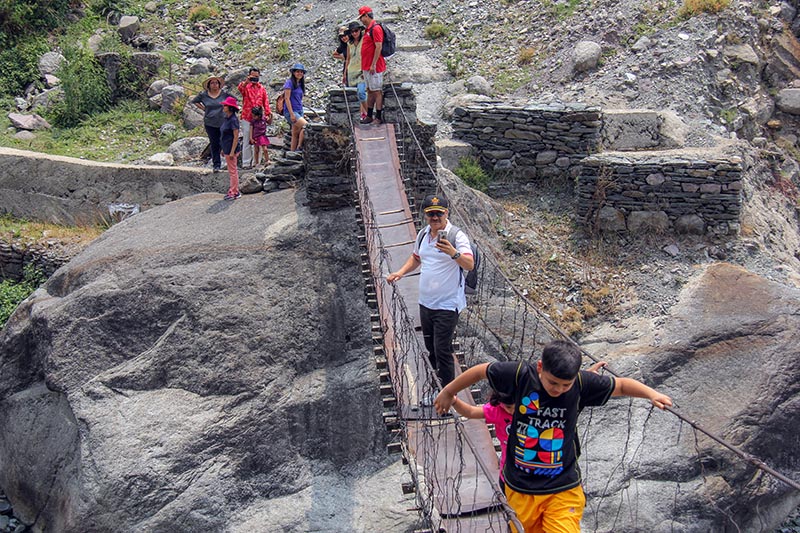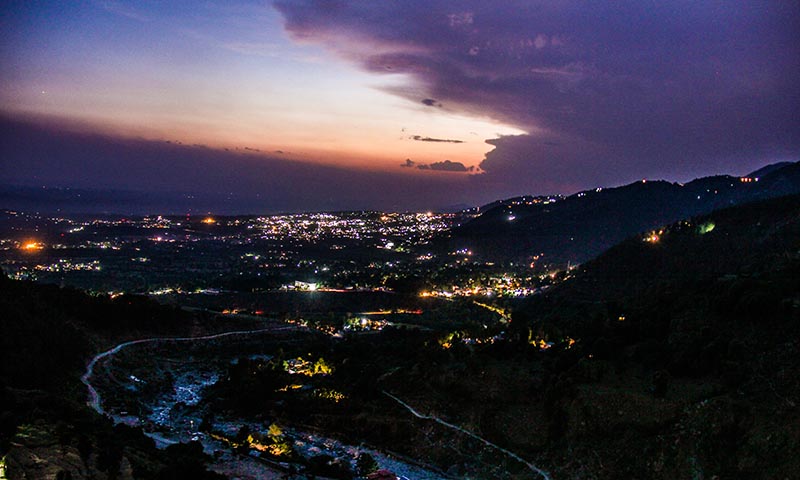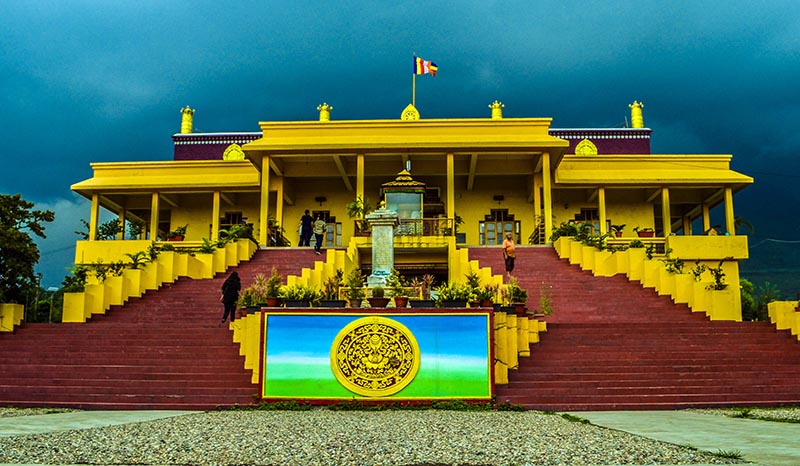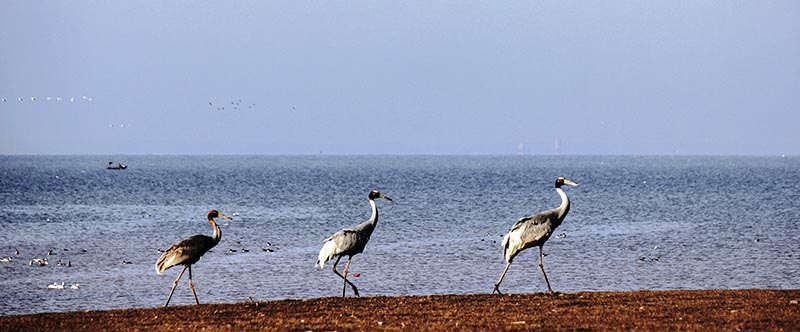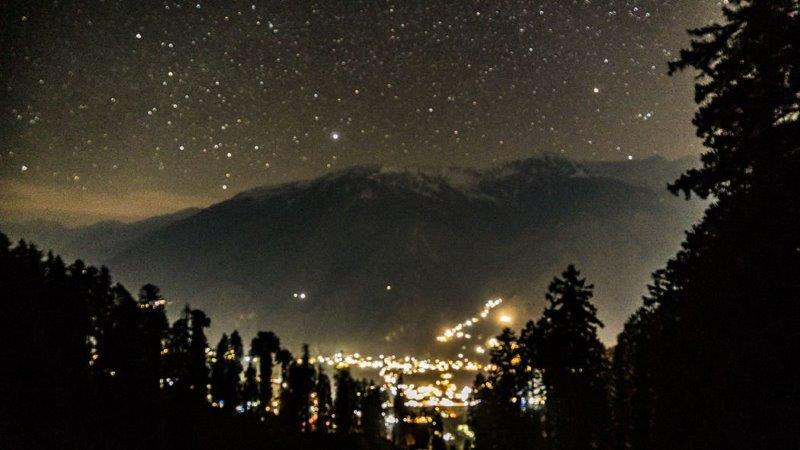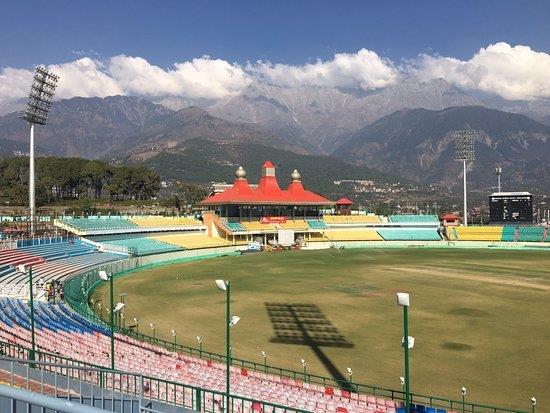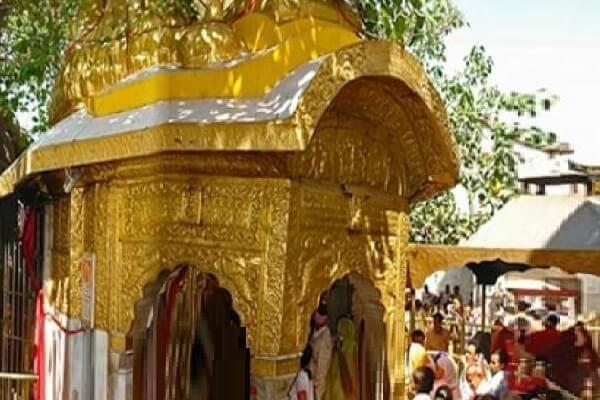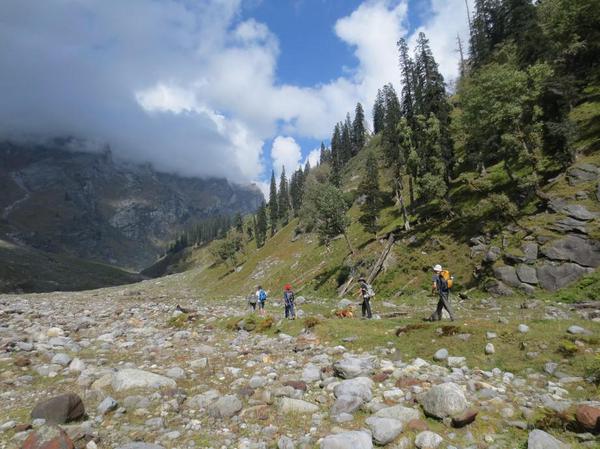Eagle's View Trek: Slate Mines & Snow Clad Dhauladhar
Embark on a breathtaking journey through the foot hills of the Himalayas with the Eagle's View Trek. Discover ancient slate mines, witness traditional mining practices, and marvel at the majestic snow-clad peaks of the Dhauladhar range along the way.
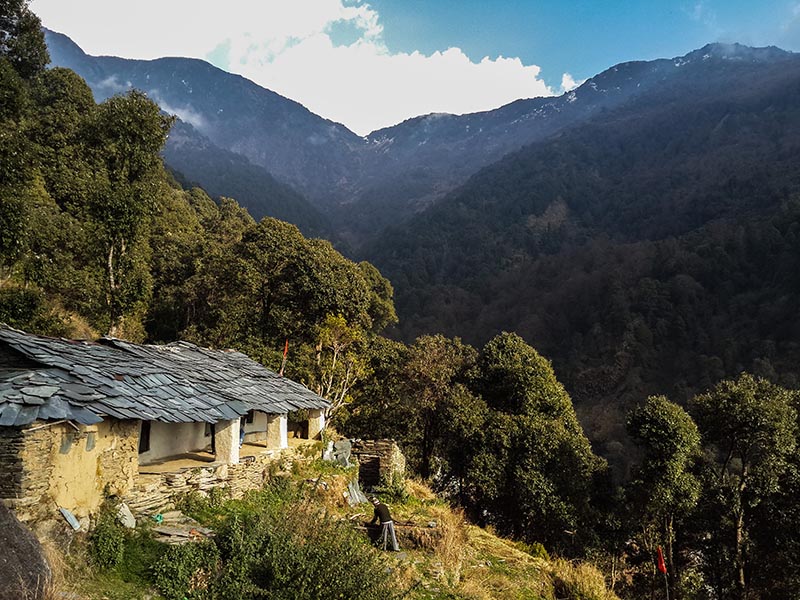
Nestled in the foothills of the Himalayas lies a hidden gem waiting to be discovered – the Eagle's View Trek. This awe-inspiring journey takes adventurers on a captivating exploration of nature's wonders, from ancient slate mines to the snow-capped peaks of the Dhauladhar range.
Exploring Ancient Slate Mines:
The trek begins with a trek through lush forests and winding trails, leading to the ancient slate mines that have been a part of the region's history for centuries. Here, visitors can witness traditional mining practices that have been passed down through generations, gaining insight into the rich cultural heritage of the area.
Witnessing Traditional Mining Practices:
As you delve deeper into the heart of the mountains, you'll have the opportunity to witness traditional mining techniques firsthand. Marvel at the skill and craftsmanship of the local miners as they extract slate from the earth using age-old methods, a testament to the resilience and ingenuity of the human spirit.
Marveling at Snow-Clad Dhauladhar:
As you ascend higher into the mountains, the landscape transforms, revealing breathtaking vistas of the snow-clad peaks of the Dhauladhar range. With each step, the views become more spectacular, offering glimpses of nature's raw beauty in all its glory. Stop to admire the panoramic scenery and capture the moment with unforgettable photographs.
FAQs:
Q: Is the Eagle's View Trek suitable for beginners? A: Yes, the trek is suitable for adventurers of all skill levels, including beginners. However, a reasonable level of fitness is required due to the varying terrain.
Q: Are there any age restrictions for the trek? A: While there are no strict age restrictions, participants should be in good health and able to handle moderate physical activity.
Q: What is the best time of year to undertake the trek? A: The best time to embark on the Eagle's View Trek is during the spring and autumn months when the weather is pleasant and the views are clear.
Q: Are there any facilities along the trekking route? A: Basic facilities such as rest areas and drinking water sources are available along the route. However, it is advisable to carry essential supplies and provisions.
Q: Are there any wildlife sightings during the trek? A: While sightings are not guaranteed, the area is home to a variety of wildlife, including birds, deer, and occasional sightings of Himalayan black bears.
Q: Can I undertake the trek independently, or do I need a guide? A: While it is possible to undertake the trek independently, hiring a local guide is recommended for safety and navigation purposes.
Q: Are there any cultural experiences available along the trek? A: Yes, visitors can immerse themselves in the local culture by interacting with the residents of nearby villages and learning about their way of life.
Q: How long does the trek take to complete? A: The duration of the trek varies depending on the starting point and the pace of the trekking group. On average, it takes approximately 2-3 days to complete the trek.
Q: What should I pack for the trek? A: Essential items to pack include sturdy hiking boots, warm clothing, rain gear, sunscreen, insect repellent, and plenty of water and snacks.
Q: Is camping allowed along the trekking route? A: Yes, camping is permitted at designated campsites along the route. However, it is important to follow Leave No Trace principles and respect the natural environment.

